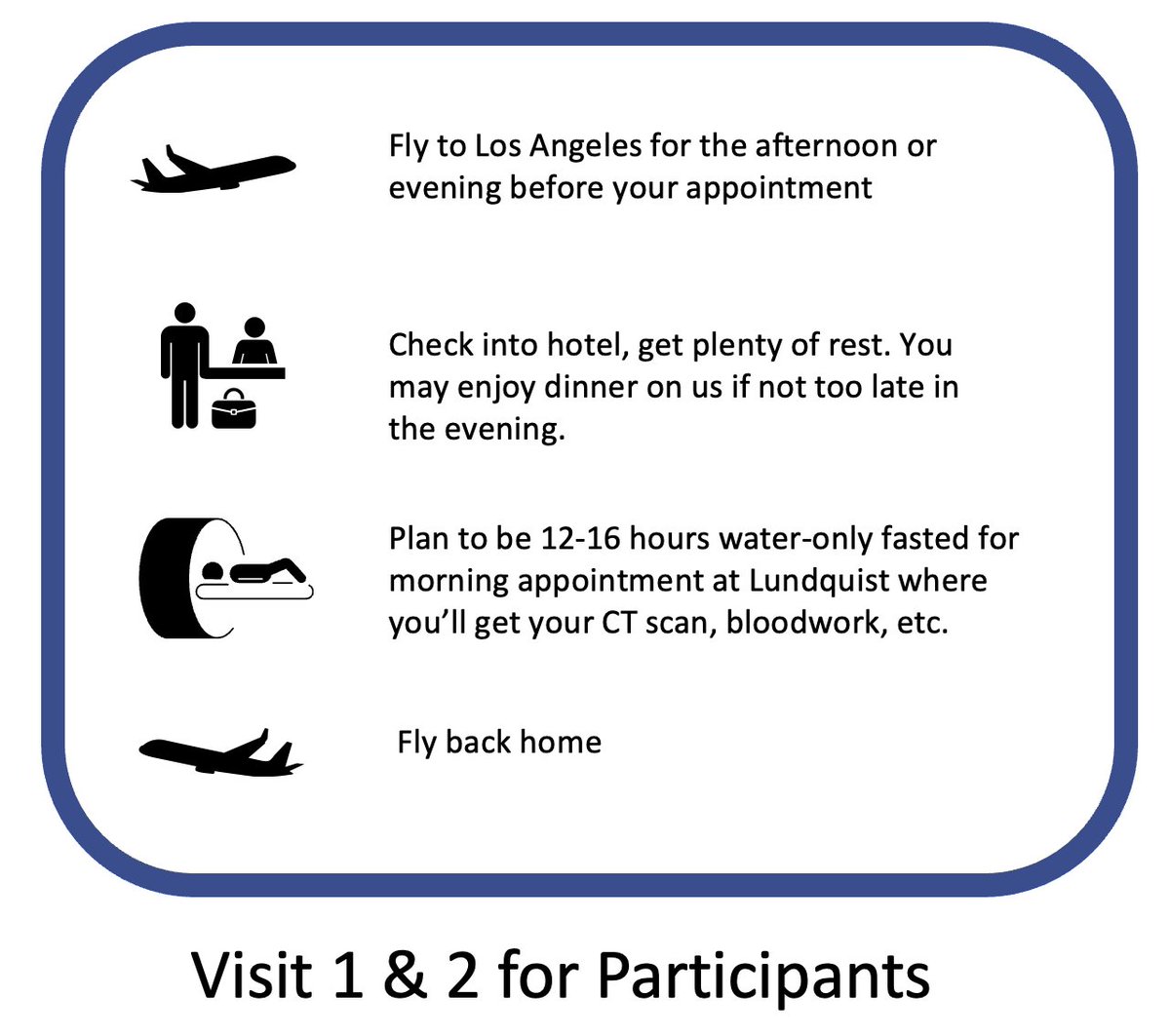1/ Thread -- Avoiding the #MisstatementLoop
Taking the interest in understanding another's position and where they are coming from is key to having a productive conversation / debate.
But what if someone is persistently misrepresenting your position - even if unintentional?
Taking the interest in understanding another's position and where they are coming from is key to having a productive conversation / debate.
But what if someone is persistently misrepresenting your position - even if unintentional?

2/ Of course, the most obvious example of this with clear malice is the Straw Man fallacy (which I won't go into here).
Yet what about where someone restates your position in a way that's not too far off, save some critical flaws that you assume are a simple misunderstanding?
Yet what about where someone restates your position in a way that's not too far off, save some critical flaws that you assume are a simple misunderstanding?
3/ What happens next reveals the problem.
You find you're spending a lot of time attempting to clarify your position in a good faith effort to correct the misunderstanding -- but it isn't working. The other party either isn't getting your original point with repeated attempts...
You find you're spending a lot of time attempting to clarify your position in a good faith effort to correct the misunderstanding -- but it isn't working. The other party either isn't getting your original point with repeated attempts...
4/ ... Or it's possible they don't want to.
Regardless, if you're one to (1) start with the assumption each party is acting in good faith and (2) are used to clarifying your position anyway, you're very susceptible to getting caught in this loop. I know I have been...
Regardless, if you're one to (1) start with the assumption each party is acting in good faith and (2) are used to clarifying your position anyway, you're very susceptible to getting caught in this loop. I know I have been...
5/ But there is a simple solution.
... Call out the recasting of your position or statements for exactly that. They may genuinely feel they are summarizing or restating what you're saying in a fair manner - but that's irrelevant to the problem (and you have to recognize this)
... Call out the recasting of your position or statements for exactly that. They may genuinely feel they are summarizing or restating what you're saying in a fair manner - but that's irrelevant to the problem (and you have to recognize this)
6/ So moving forward, I'm going to link this thread when I find I'm that loop.
I'll ask the one I'm chatting with to stick with arguing what I stated as it was stated -- and that I can't spend time constantly correcting their version of it (even if well intentioned).
I'll ask the one I'm chatting with to stick with arguing what I stated as it was stated -- and that I can't spend time constantly correcting their version of it (even if well intentioned).
• • •
Missing some Tweet in this thread? You can try to
force a refresh












